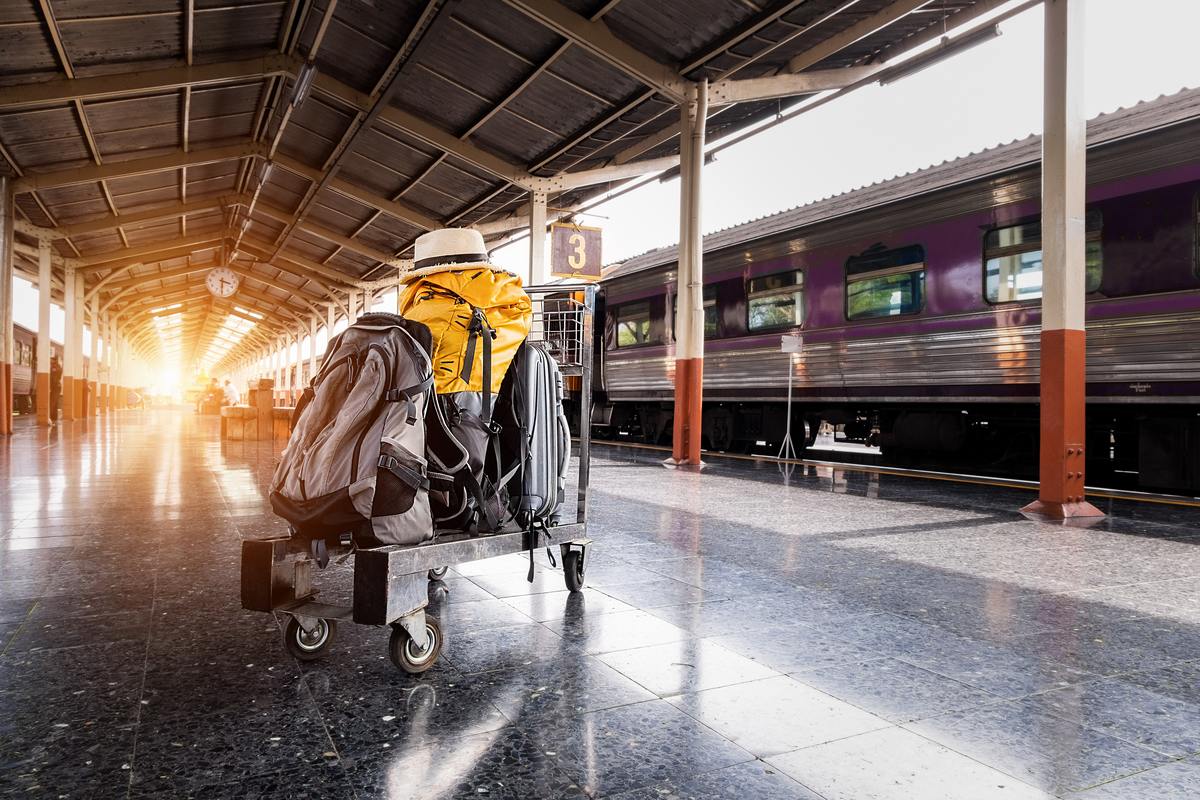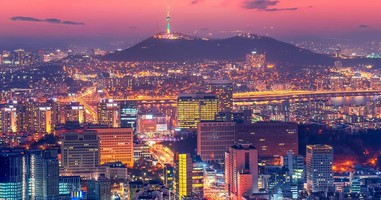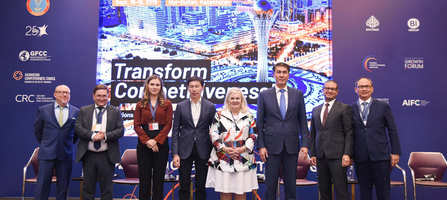
Blogs
Migration in Kazakhstan
10 October 2020

Population movement (migration) is one of the key demographic processes in the country. In a series of posts, we will look at the main migration issues in terms of key areas, activity levels, and key trends. Migration affects the population structure of regions and cities, affecting the load on social infrastructure and the demand for jobs. Migration is also an indicator of social attitudes and trends, such as moving from less comfortable areas to better living standards and higher incomes, from regions with a shortage of jobs to dynamically developing ones. Cities meet these conditions the most, which leads to a global trend towards urbanization.
There are several directions of migration: intra-regional, inter-regional and external migration (to other countries). Methodologically, migration is calculated by changing the permanent place of residence of citizens when moving from one district, region or country to another (movements within the same territory are not taken into account). It is worth noting that there are limitations to this methodology, since some migrants may not undergo the procedure for changing their permanent residence ("registration"), but can be limited to temporary (or not provide anything at all). However, the official data are sufficient for understanding the General trends of migration.
For further analysis, the period since 2000 was taken into account in the direction of population attrition (in all three directions). For comparability of indicators, the 2018-2019 data for the Turkestan region and Shymkent were recalculated to the former South Kazakhstan region.
Over the period 2000-2019, about 10 million people are emigrants. More than half of migration flows occurred within regions, 37% between regions, and 11% from Kazakhstan.
In dynamics, unstable trends are observed. For example, in the early 2000s, after the acquisition of Kazakhstan's independence, there was a high share of foreign immigrants in a continuation of the trend for moving to the ethnic homeland (to Russia, Germany and other countries). In the period from 2005 to 2014, there was a relatively stable trend. Then, starting in 2014, the number of intra-regional movements increased sharply, followed by the number of inter-regional movements. This fact may be related to several trends: the economic crisis during this period (caused by falling commodity prices and accompanying devaluation) and artificial growth due to changes in legislation in 2015-2017. (mandatory registration at the place of residence, simplification of registration processes and introduction of administrative penalties for non-compliance).
In 2019, the main share of emigrants fell on the former South Kazakhstan region, Almaty region and the cities of Nur-Sultan and Almaty (Fig.3). The analysis of migration in 2019 by direction shows that the main share of migration in almost all regions also falls on intraregional migration, with interregional migration in second place (Figure 4). However, there are significant differences. Thus, for the Akmola region, interregional migration is the main direction. In the Northern regions bordering Russia, external migration accounts for a more significant share (more than 10%).
For 2019, migration activity (number of movements per 1000 people) was 40.2 for intraregional migration, 19.8 for inter-regional migration, and 2.4 for external migration.
At the regional level, migration activity (across all flows) varies greatly. So, in 2019, most of all who "can’t stay put" are residents of Nur-Sultan (116.3), that is, almost every tenth person is an emigrant. This is followed by the former South Kazakhstan region (71.0), and Almaty region (68.3), the lowest migration activity in Atyrau (42.1) and Karaganda region (47.2).
From the point of view of emigration from the regions (towards other regions and countries), the most active residents of the city of Nur-sultan (47.1), Akmola (40.1) and Almaty (32.1) regions. The most "tied to the region" are residents of Western regions, such as Aktobe (12.4), East Kazakhstan (12.5) and Mangistau regions (12.8).
As a result, we see that migration in Kazakhstan has started to grow in recent years, especially within the regions. These processes can occur in stages. In Kazakhstan, this path may look like a village -> district center -> regional center -> Almaty and Nur-Sultan, which indicates the relevance of the urbanization trend in Kazakhstan.
In the next part, the directions of inter-regional and external migration will be explored (examples in Fig.7 and Fig.8) in an interactive format.
all publications












